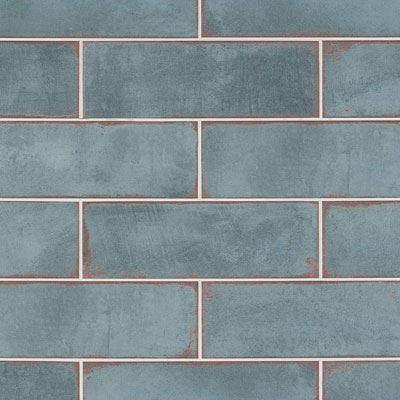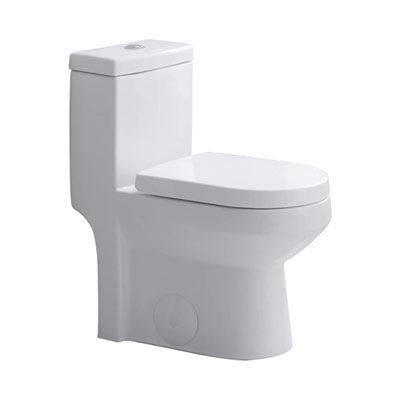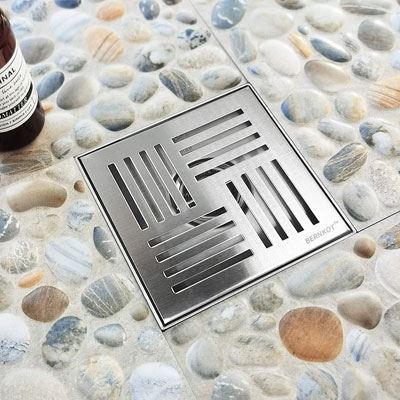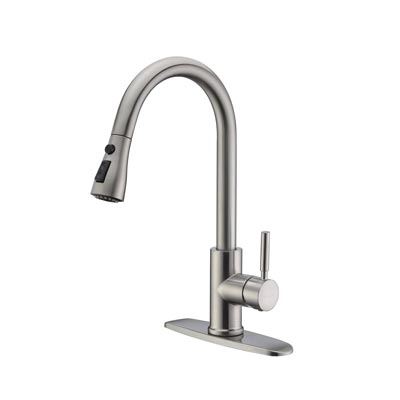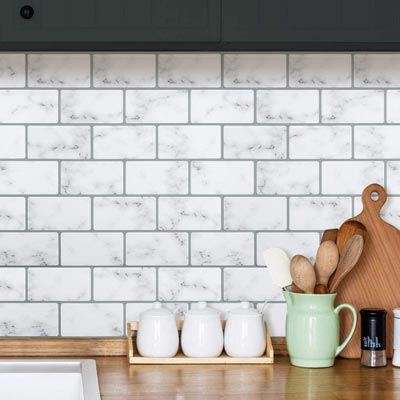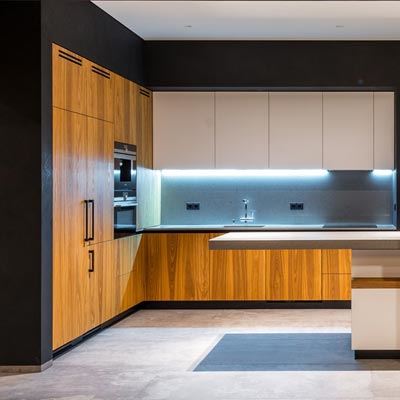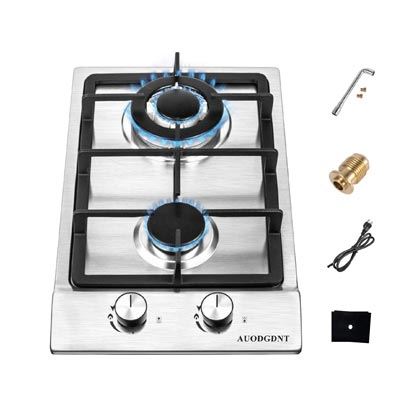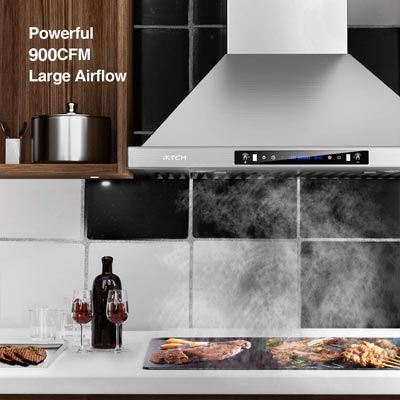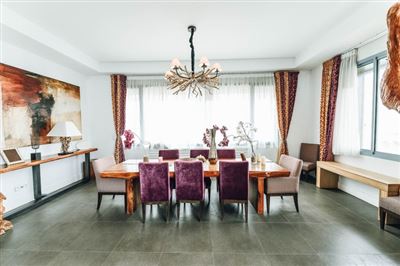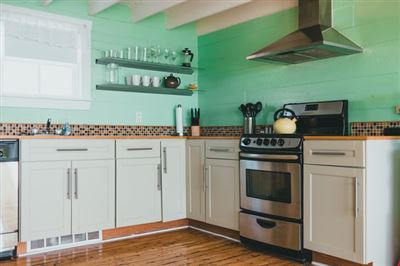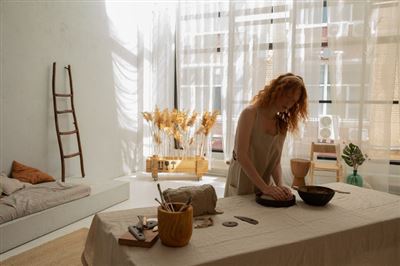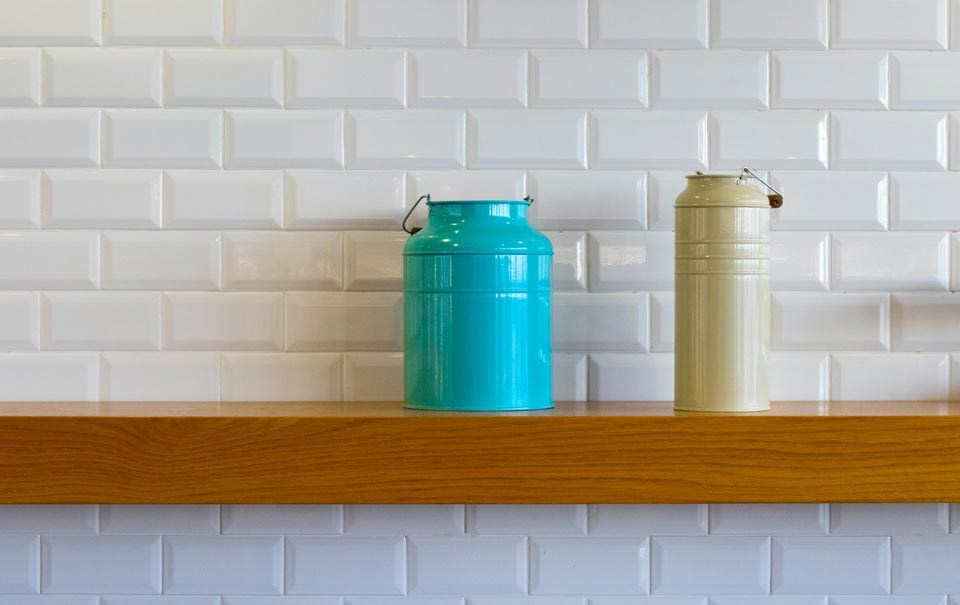
The selection of kitchen tiles should be considered from the following aspects.
1. Carefully selected kitchen bricks
Kitchen tiles come in a variety of materials, including glazed tiles, whole-body tiles, polished tiles, vitrified tiles, mosaics, etc. In larger spaces such as the kitchen, smooth or matte glazed tiles are preferred for wall tiles, which are very convenient to clean and can also create a "fashionable" effect. For floor tiles, it is best to choose matt surface, that is, non-slip floor tiles, to prevent the kitchen from making the floor slippery and accidentally causing safety problems.
2. Tile color selection
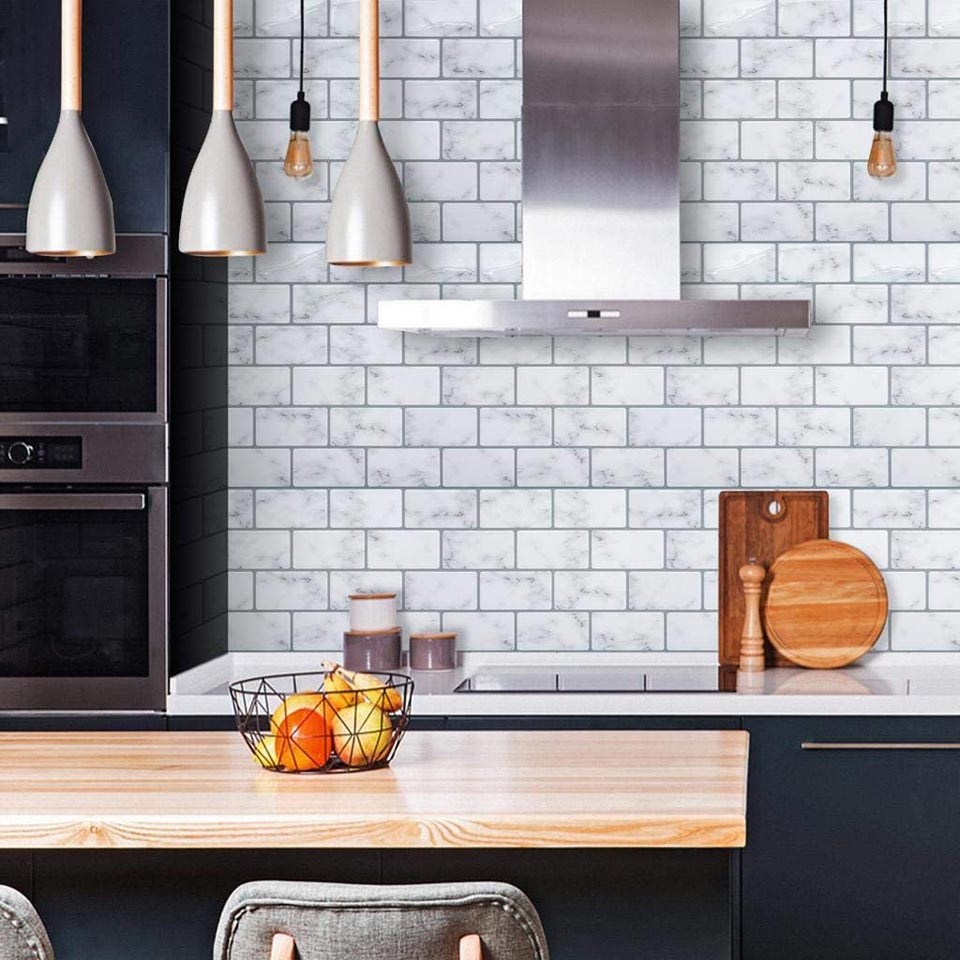
Generally, the kitchen space is relatively small, with windows, doors and cabinets, and the net area is relatively small.
In order to avoid waste and maintain the coordination of the space, small size tiles should be selected. In this way, there will be little waste of paving and avoid large-size tiles.
Many inconveniences caused by construction such as cutting. The colors of the porcelain turn should be mainly light and cool colors, and the arms should be white, light green, light gray and other colors. Light colors can make people feel that the space is expanding and extending, avoiding dark colors that make people feel cramped and depressed in a small space.
3. The quality can be recognized from the appearance
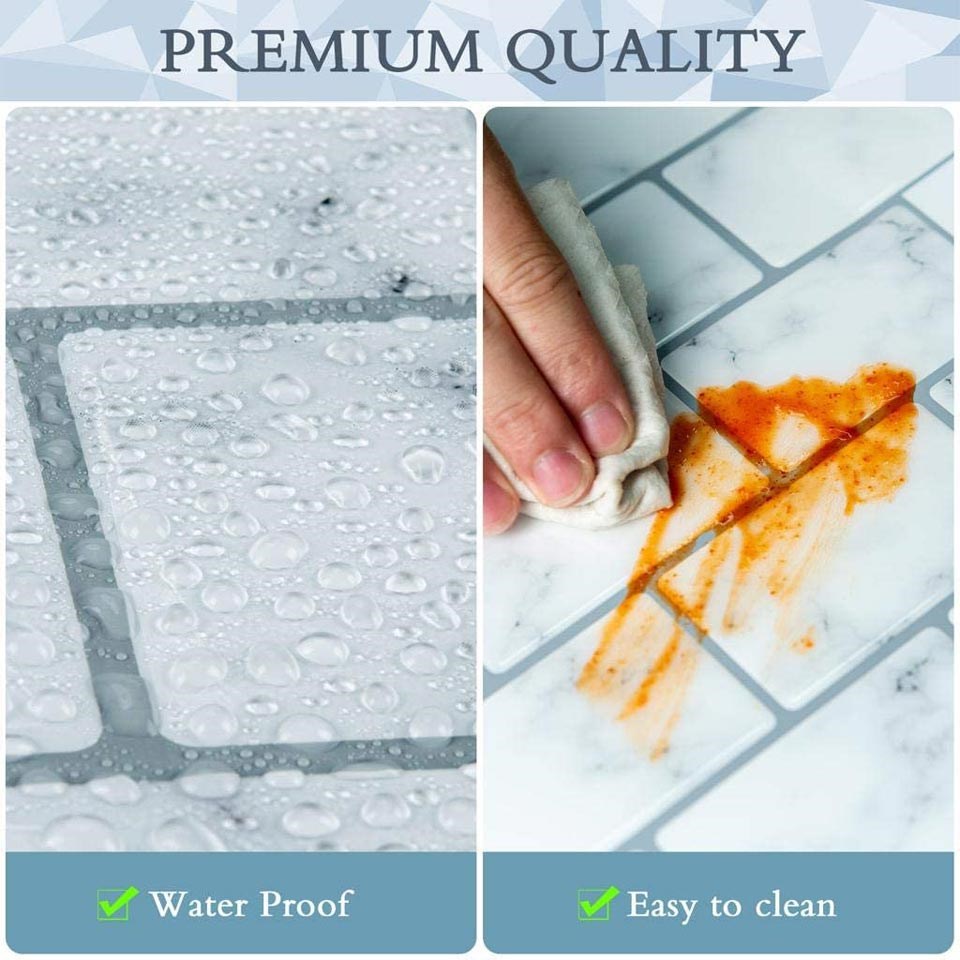
The characteristics of appearance defects usually have size errors, and whether the geometric size is standard is the key to judging the quality of ceramic tiles. Use a tape measure to measure the diagonal and four sides of the brick surface and whether the thickness is uniform can be judged;
Color difference, randomly check a few pieces out of the box, and compare them one by one. Generally, there are subtle differences. If it is obvious, there will be a problem.
However, there are also color differences in tiles of different production batches. It is best to buy enough quantity at one time. Otherwise, the color matching will be difficult to be consistent in the future;
Attention must be paid to whether there are cracks, cracks in the underglaze layer, and uneven surface. Although the glaze layer is bright, there are inclusions in the glaze layer or in the glaze layer: spots, isolated variable color spots in the glaze color; trauma, crushing or deep cracks , The corners are not neat.
4. Testing standards for ceramic tiles
Take out a piece of brick and align the two pieces with the smaller the gap in the middle, the better. If it is a patterned tile, four pieces must be used to piece together a complete pattern. It should also be optimistic whether the patterns of the tiles are clearly connected.
Then take out all the tiles in a box and place them on a large flat surface. See the whole effect from a little far away. Regardless of white, other colors or patterns, the color should be the same. If there are individual tiles with different shades, it will be difficult to see and affect The whole decoration effect. Put these pipe grid blocks up side by side to compare whether the size of the party bricks is the same. The deviation of the small bricks is allowed to be plus or minus 1 mm, and the large bricks are allowed to be plus or minus 2 mm.
